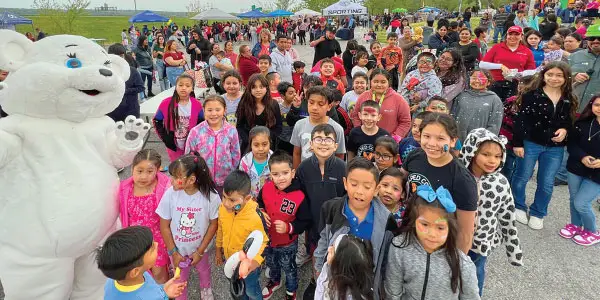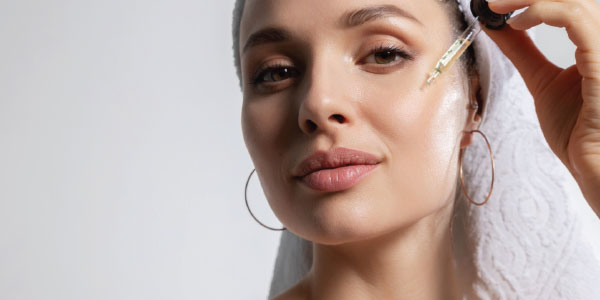
By Chara
Shawnee resident shares his story
Cases of the winter blues are becoming more common.
According to statistics from the Cleveland Clinic, 500,000 Americans suffer from the winter blues – a.k.a., seasonal affective disorder (SAD). The condition is more common among people who live in cloudy regions or at high altitudes.
There are several theories that try to explain the causes of the winter blues.
“One theory is that, with less exposure to sunlight, the internal biological clock that regulates mood, sleep and hormones is shifted,” the Cleveland Clinic states on its website. “Exposure to light may reset the biological clock.”
Alfonso Herrera, a Shawnee, Kansas, resident, knows what it is like to have the winter blues.
“It is hard to deal with this situation,” Herrera said. “Most of the time, it happens after a long winter takes place. I know (when) I have the winter blues because I don’t want to move and I’m very sensitive.”
Herrera started having the winter blues in 2014. It started with feelings of anxiety and a strong pressure in his chest.
“I didn’t know what was happening, I didn’t know how to solve it,” he said. “I was always in (a) bad mood and my body felt tired.”
Herrera also cried over everything, he recalled. In addition, he was sad most of the time and was not feeling like himself.
“I couldn’t sleep, I felt insecure, I just wanted to lay down,” Herrera said. “It was a very difficult time for me.”
Realizing he did not feel well, Herrera visited his doctor, who diagnosed him with SAD.
Herrera learned how to deal with the disorder. He started painting, going to the gym and taking advantage of the time when he was at home.
Herrera continues to manage his condition. Although he does not like cold weather, he tries to go out during the winter.
If someone thinks he or she has the winter blues, Herrera advises seeking professional help.
“The sun will come out,” he said. “These feelings that you are feeling, I’ve felt them before. There are years where the symptoms are intense and there are other years where I feel very happy.”
_________________________________________________________________________________________
Tristeza de invierno se vuelve más común en Estados Unidos
Residente de Shawnee comparte su historia
Los casos de tristeza o depresión invernal se están volviendo más comunes.
Según estadísticas de la Clínica Cleveland, 500,000 estadounidenses sufren de tristeza invernal, también conocido como trastorno afectivo estacional (TAE). La condición es más común entre las personas que viven en regiones nubladas o en grandes altitudes.
Hay varias teorías que intentan explicar las causas de la tristeza del invierno.
“Una teoría es que, con menos exposición a la luz solar, el reloj biológico interno que regula el estado de ánimo, el sueño y las hormonas cambia”, indica la Clínica Cleveland en su sitio web. “La exposición a la luz puede reiniciar el reloj biológico”.
Alfonso Herrera, un residente de Shawnee, Kansas, sabe lo que es tener tristeza invernal.
“Es difícil lidiar con esta situación”, dijo Herrera. “La mayoría de las veces, ocurre después de un largo invierno. Sé (cuando) tengo la tristeza del invierno porque no quiero moverme y me siento muy sensible”.
Herrera comenzó a tener la tristeza del invierno en 2014. Comenzó con sentimientos de ansiedad y una fuerte presión en el pecho.
“No sabía lo que estaba pasando, no sabia cómo solucionarlo”, dijo. “Siempre estaba de mal humor y mi cuerpo se sentía cansado”.
Herrera también lloró por todo, recordó. Además, estaba triste la mayor parte del tiempo y no se sentía como él mismo.
“No podía dormir, me sentía inseguro, sólo quería acostarme”, dijo Herrera. “Fue un momento muy difícil para mí”.
Al darse cuenta de que no se sentía bien, Herrera visitó a su médico, quien lo diagnosticó con TAE.
Herrera aprendió a lidiar con el trastorno. Comenzó a pintar, ir al gimnasio y aprovechar el tiempo cuando estaba en casa.
Herrera continúa manejando su condición. Aunque no le gusta el clima frío, intenta salir durante el invierno.
Si alguien piensa que él o ella tiene la tristeza del invierno, Herrera aconseja buscar ayuda profesional.
“El sol saldrá”, dijo. “Estos sentimientos que estás sintiendo, los he sentido antes. Hay años en que los síntomas son intensos y hay otros años en los que me siento muy feliz”.









